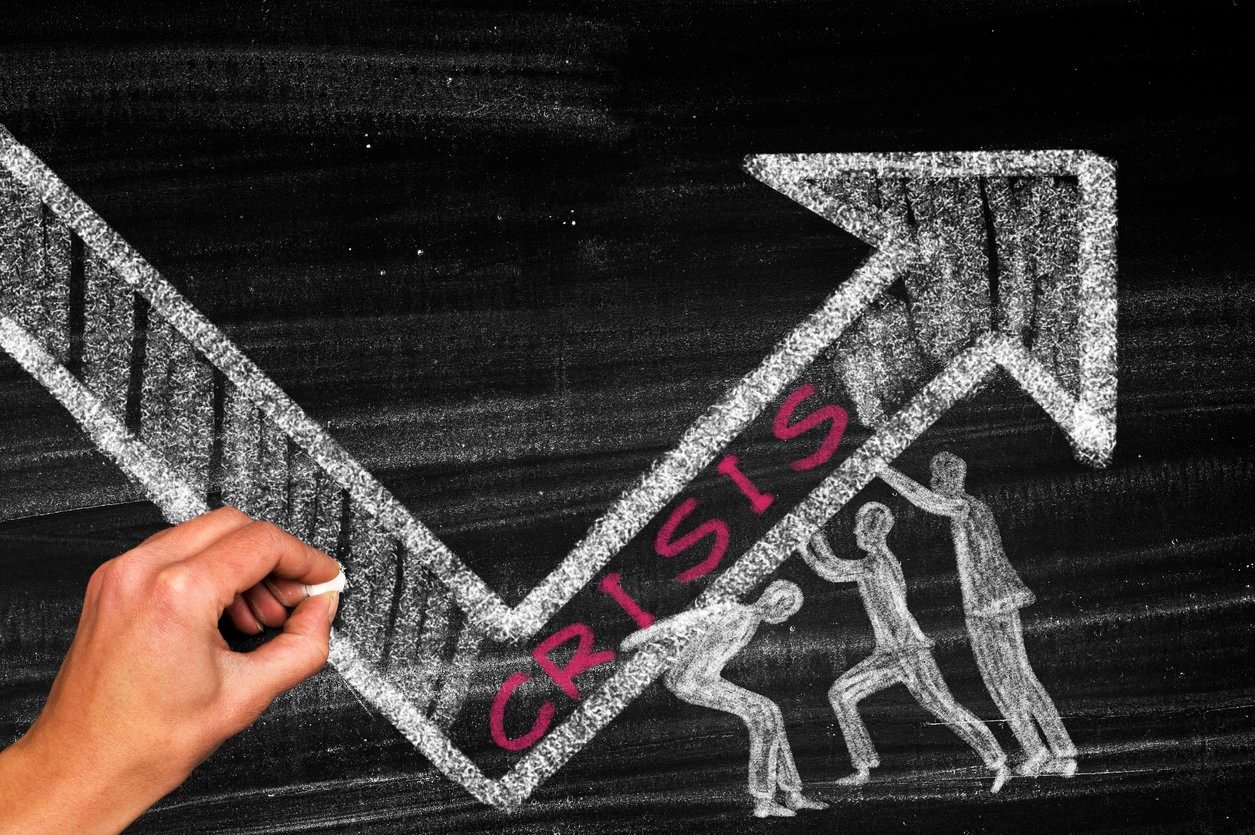There is an old proverb that says: “A fish rots from the head down.” It refers to the fact that when institutions or organizations are failing, it is often a problem with leadership. We would argue that the inverse is also true: when leaders are skilled and do their jobs well, an organization is able to unleash its full potential through these effective leadership tactics.
In this post, we will review one of the most popular models for exemplary leadership, and how it can translate into more successful teams and organizations today.
Primary Characteristics and Traits of Effective Leadership
One of our go-to resources in helping organizations develop better leaders is a book called The Leadership Challenge, by Kouzes and Posner (you can find the link on our Resources page). It is now in its sixth edition, and with each new edition the research data is validated and confirmed.
Since the book’s initial release in 1987, the top leadership traits that people look for in their leaders is unchanged:
- Honesty and Integrity
- Inspiration
- Competence
- Forward-Looking
It is remarkable that, given all the change we’ve seen during that time in society and business, these traits have been the same for over 30 years.
The authors of the Leadership Challenge then go on to describe the 5 behavior sets of exemplary leadership.
1. Model the Way
Skilled leaders model the behaviors they expect from others in the organization. What they do, how they spend their time, and how they communicate should demonstrate the core values of the organization; they walk the talk.
2. Inspire a Shared Vision
People look to their leaders for vision, a roadmap for where the organization is going and how it will get there. And the destination is exciting, inspiring, and noble – something employees want to be part of.
3. Challenge the Process
Great leaders look for opportunities to improve in all parts of the organization. They are continuous learners, always looking for ways to tweak and adjust processes to optimize the way work gets done.
4. Enable Others to Act
Inexperienced leaders can become a bottleneck in their own organizations if too many decisions and actions need to go through them. The solution is enabling others to act by clearly delegating authority and responsibility, with the added benefit of building leadership expertise in others which grows the overall capabilities of the organization.
5. Encourage the Heart
Strong leaders understand the importance of recognition, and apply the adage, “What gets recognized gets repeated.” They regularly thank employees for their contributions publicly and encourage others to do the same.
This 5-part model is the foundation of our Building Leaders program. If you would like to build these skills in your firm, please reach out for more details.
Improving Team Performance With Effective Leadership Techniques

There is a direct correlation between the competency of leaders and the success of the organization.
1. Great Organizations Have the Best People
Great organizations know why they exist, operate with a set of standards or beliefs captured in their core values, and are on a path to a known and desired future state. Taken together, these three elements form the organizational culture, and it becomes the kind of place where A Players want to work. Leaders who espouse modeling the way and inspiring a shared vision clarify and personify these elements of culture.
Download our free Guide to Hiring and Motivating Talent.
2. Great Organizations are Always Getting Better
The antidote to being left behind in a deluge of change is to innovate. Leaders that are constantly challenging the process will find ways to innovate, but big and small. It will also create an environment where it is acceptable to challenge the status quo, the way things have been done in the past, by all employees.
3. Great Organizations Grow More Leaders
The term ‘leadership pipeline’ refers to an organization’s ability to develop people. Learning is a part of this, but so is giving people authority and accountability for results. Leaders who enable others to act and encourage the heart will constantly be stretching the capabilities of employees and positioning them to be leaders of the future.
Feeling Stuck? Leadership In A Time of Crisis

Few of us feel like a Winston Churchill or a Steve Jobs, and sometimes we question our capabilities as leaders. But as we learned from Drew Dudley in Episode 7 of Unleashed Season 1, leadership is not about position and title but more about creating moments of impact and meaning for others. Drew also reminded us that we don’t need to be anyone other than ourselves to be a great leader. Only Steve Jobs could lead like Steve Jobs. You will lead like you.
Another consideration during the current global pandemic is to recognize that our organizations need exemplary leaders more now than ever, and it’s a great time to step up to the challenge even though we are having to employ many unique techniques for remote leadership today.
You Aren’t Alone
At Results, our purpose is to help grow better leaders and, in doing so, unleash the potential of mid-sized organizations. If you would like to explore where your organization could use help, check out our complimentary Business Execution Assessment that will highlight where your leadership and execution systems are strong and where improvement is needed. From there we can identify together what the best next steps are.


